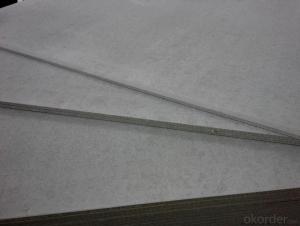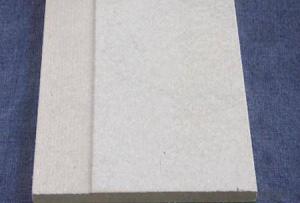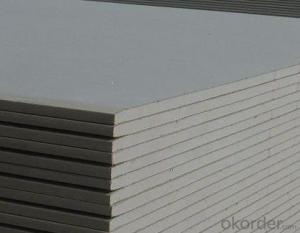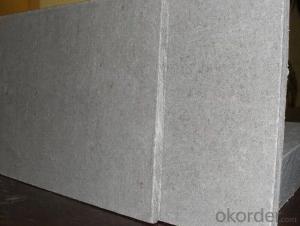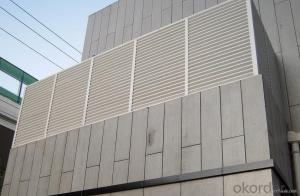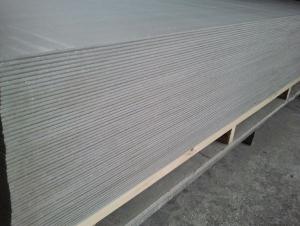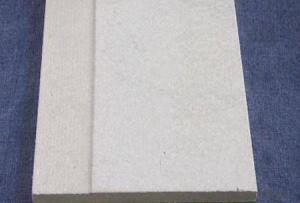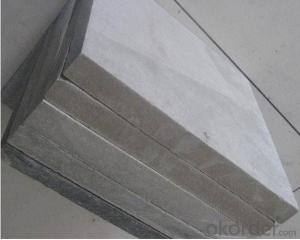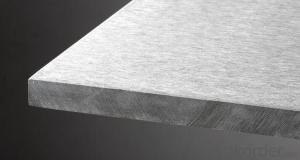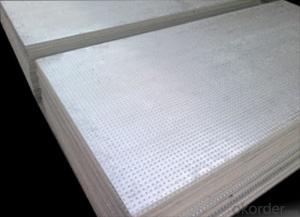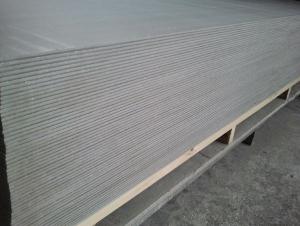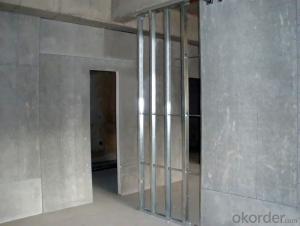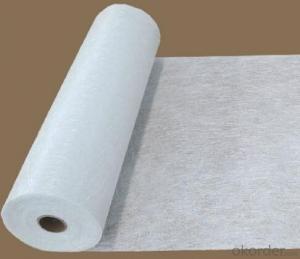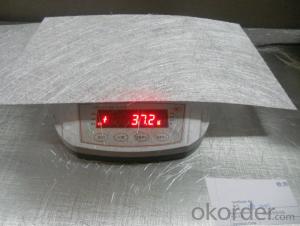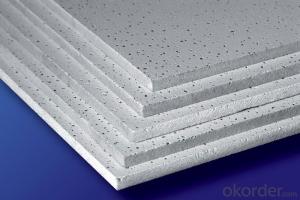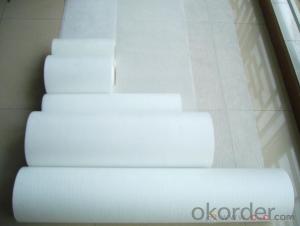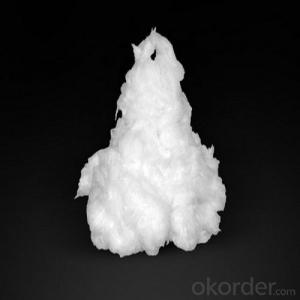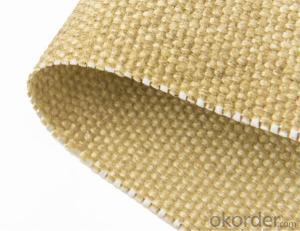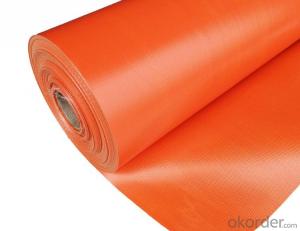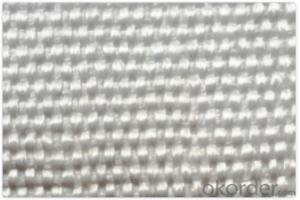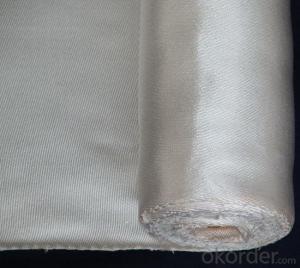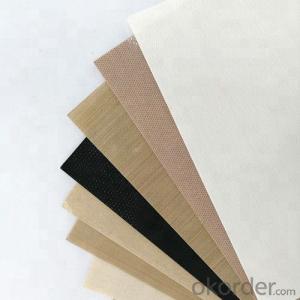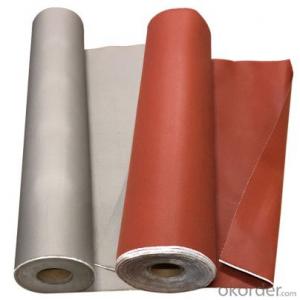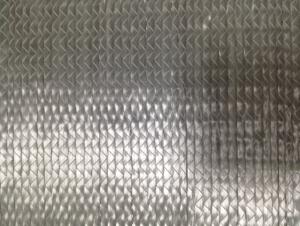Chopped Glass Fiber
Chopped Glass Fiber Related Searches
Fiber Sheet For Roof Decorative Lights For Ceiling Wall Panels For Basement Marketplace For Construction Materials Retaining Wall With Geogrid Galvanized Steel Wall Panels Stainless Steel Peg Board Stainless Steel Wall Art Stainless Steel Wall Shelves Stainless Steel WallHot Searches
Used Foam Board Insulation For Sale Used Sandwich Panel For Sale Bags Of Cement For Sale Tilt Panel Props For Sale Types Of Temporary Side Panels For Cement Deck Magnesium Oxide Board For Sale Hdf Board For Sale sintra board for sale Fiber Sheet Price In India Gypsum Board Price Per Sheet In India Fiber Roofing Sheets Price In Pakistan Plastic Fiber Sheet Price Solar Inverter Panel Price Sandwich Panel Manufacturers In Bangladesh 5 8 Type X Gypsum Board Price Twin Wall Polycarbonate Sheet Price Hardiflex Fiber Cement Board Price Gypsum Board Partition Wall Price India Extruded Polystyrene Insulation Board Price Polyurethane Insulation Board PriceChopped Glass Fiber Supplier & Manufacturer from China
Okorder.com is a professional Chopped Glass Fiber supplier & manufacturer, offers integrated one-stop services including real-time quoting and online cargo tracking. We are funded by CNBM Group, a Fortune 500 enterprise and the largest Chopped Glass Fiber firm in China.Hot Products
FAQ
- What is the difference between glass fiber plain cloth and glass fiber grid cloth? What are the specifications and specifications of plain cloth and square cloth?
- Glass fiber plain woven fabric refers to the warp and weft at 90 angles up and down weaving woven fabric. In the glass fiber industry, usually spinning (monofilament diameter less than 9 microns) to weave. In addition to the plain method, can also use different weave twill or satin weave etc..
- The warp and weft count of fiberglass fabrics can vary depending on the specific application and desired strength and durability. However, in general, fiberglass fabrics often have a higher warp count than weft count. This is because the warp yarns, which run vertically in the fabric, are typically thicker and stronger to provide stability and resistance to stretching and tearing. On the other hand, the weft yarns, which run horizontally, are usually thinner and more flexible to allow the fabric to conform to different shapes and contours. The typical warp count for fiberglass fabrics can range from around 16 to 40 yarns per inch, while the weft count may be slightly lower, ranging from 12 to 30 yarns per inch. These counts can also be measured in metric units, such as yarns per centimeter. However, it is important to note that these counts can vary depending on the specific manufacturer, fabric weight, and intended use of the fiberglass fabric.
- Yes, fiberglass fabric can be used for making insulation panels. Fiberglass fabric is a versatile material that has excellent thermal insulation properties. It is commonly used in the construction industry for insulation purposes due to its ability to resist heat transfer and maintain temperature control. Fiberglass fabric can effectively trap air and slow down the transfer of heat, which makes it ideal for insulation panels. Additionally, fiberglass fabric is lightweight, easy to install, and durable, making it a popular choice for various insulation applications.
- Yes, fiberglass fabric is generally resistant to chemicals in the oil and gas industry. It is known for its excellent chemical resistance properties, making it a suitable material for various applications in this industry.
- What is the difference between non-woven fabrics, glass fiber cloth and geotextile?
- The exact name of the non-woven fabric shall be nonwoven or non-woven. Because it is a kind of form that does not require spinning weaving fabric, just a textile fiber or filament aligned or random, the formation of the fiber network structure, and then the mechanical, thermal or chemical methods and strengthening into. Nonwovens break through the traditional textile principle, and have the characteristics of short process flow, fast production, high yield, low cost, wide use and many sources of raw materials.
- The influence of bag dust removal on dust filtration
- The filter speed V (or than the load QF) is an important technical and economic index representing the capacity of the bag filter to treat gas. The selection of filtration rate should take account of economy and the requirement of filter efficiency. From the economic considerations, the filtration rate is high, with the same flow gas required filter area is small, then the size of the dust remover, the area, the steel consumption is also small, so the investment is small, but the pressure loss, power consumption, damage dust filter increases, because of high operating costs. From the aspect of dust filtration efficiency, the influence of filtration rate is remarkable. Some experiments show that the filtration rate increases by 1 times, and the dust passing rate may increase by 2 times or even more than 4 times. So the filter speed is usually expected to be lower. The filter speed of the fabric filter cloth is 0.5 ~ 2m/min, and the felt filter material is 1 ~ 5m/min. From the two aspects of economy and efficiency, this filter speed range is the most appropriate. When the filtration rate increases, it will intensify the penetration of dust particles by three ways, namely, through, extrusion and air holes, thereby reducing the dust removal efficiency.
- Yes, fiberglass fabric can be used for insulation in aerospace structures. Fiberglass fabric is a lightweight and flexible material that offers excellent thermal insulation properties. It can effectively trap heat and reduce heat transfer, making it suitable for insulating aerospace structures where temperature regulation is critical. Additionally, fiberglass fabric is also resistant to fire, chemicals, and moisture, further enhancing its suitability for aerospace applications. Its high strength-to-weight ratio and durability make it an ideal choice for insulating various components such as fuel tanks, engine compartments, and heating systems in aerospace structures.
- Termites do not spare fiberglass fabric when it comes to their voracious appetite for organic materials like wood, paper, and fabric. Although fiberglass fabric may not be the ideal feast for termites, they can still wreak havoc on it by chewing through or using it as a gateway to other materials. Hence, safeguarding fiberglass fabric from termite infestation is crucial. Employing termite barriers, conducting routine inspections, and treating the vicinity for termites, if needed, are all necessary precautions to undertake.
